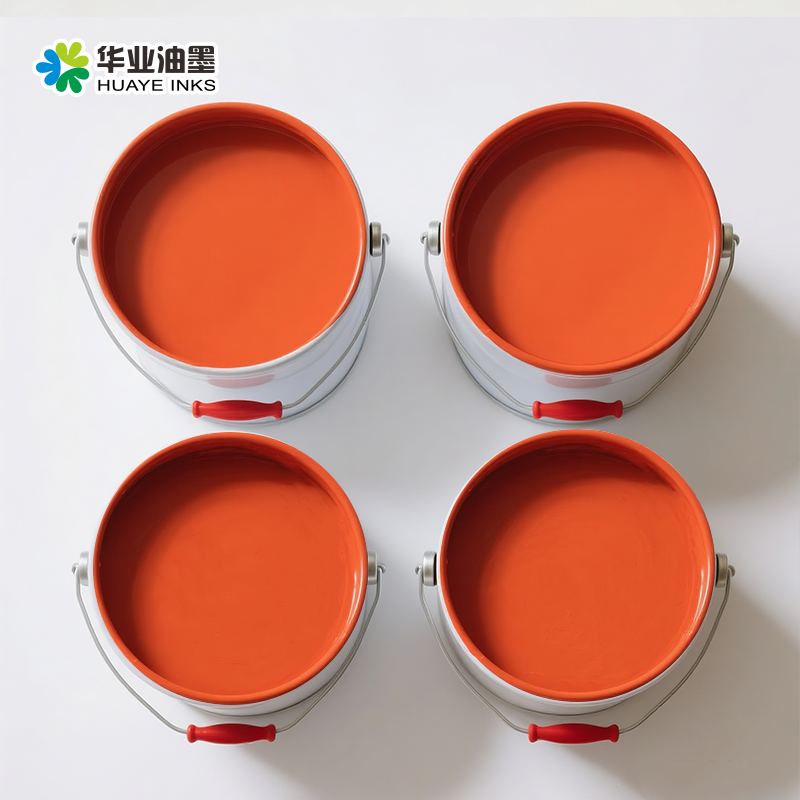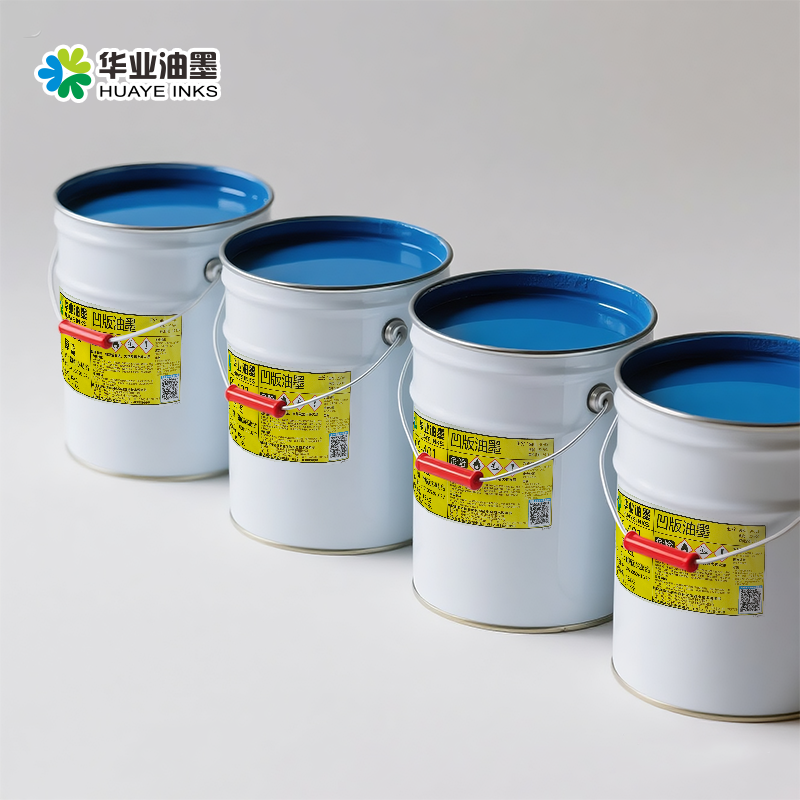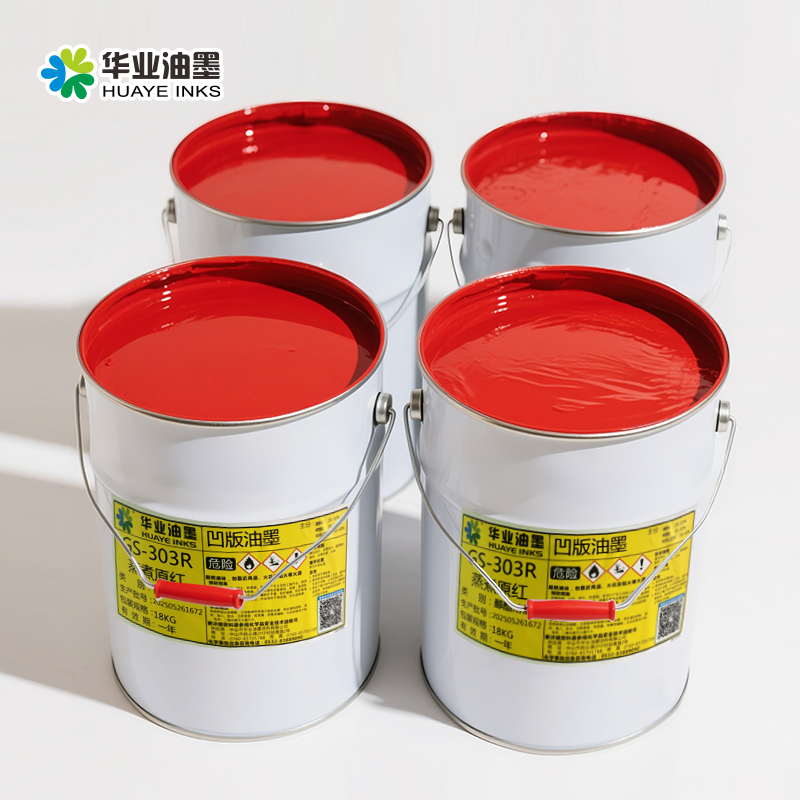No.2 Jieqing Road ,Shazai industrial Park, Minzhong Zhongshan City, Guangdong Province
Inkjet printing, a revolutionary digital printing technology, has transformed the way we produce printed materials. By precisely ejecting droplets of ink onto a substrate, it enables the creation of detailed images, sharp text, and vibrant colors with remarkable accuracy. The operation of inkjet printing hinges on sophisticated printhead mechanisms. Piezoelectric printheads utilize piezoelectric crystals that deform when an electric current is applied, generating pressure to force ink through tiny nozzles in the form of controlled droplets. This method offers exceptional precision, allowing for high - resolution printing and the reproduction of fine details. Thermal printheads, alternatively, heat the ink within small chambers, causing it to vaporize and form bubbles that eject ink droplets. While more cost - effective, thermal inkjet technology still delivers reliable results and is commonly found in consumer - grade printers. Ink formulation is a critical aspect of inkjet printing. Dye - based inks dissolve colorants in a liquid carrier, producing vivid and highly saturated colors that are ideal for photo - quality prints and applications where visual appeal is paramount. However, they may lack durability and are prone to fading when exposed to light or moisture. Pigment - based inks, on the other hand, consist of finely ground pigment particles suspended in a liquid medium. These inks offer superior lightfastness, water resistance, and durability, making them suitable for outdoor signage, archival prints, and other applications requiring long - term color stability. Inkjet printing's versatility is a major strength. It can print on an extensive range of substrates, including paper, cardboard, plastic films, fabric, and even specialized materials. This adaptability has led to its widespread adoption across numerous industries. In the packaging sector, it enables the production of customized labels and boxes with high - quality graphics. In the textile industry, inkjet printing facilitates the creation of intricate patterns and designs on fabrics. Moreover, inkjet printing supports on - demand production, allowing for quick turnaround times and the ability to print small quantities of personalized materials efficiently. Despite its many advantages, inkjet printing faces some challenges. The relatively slow printing speed compared to industrial - scale methods can be a limitation for large - volume jobs. Additionally, the cost of ink cartridges, particularly for pigment - based inks, can impact the overall cost - effectiveness. Nevertheless, continuous technological advancements are addressing these issues, improving printing speeds and reducing ink costs, further enhancing the appeal and capabilities of inkjet printing across various applications.


